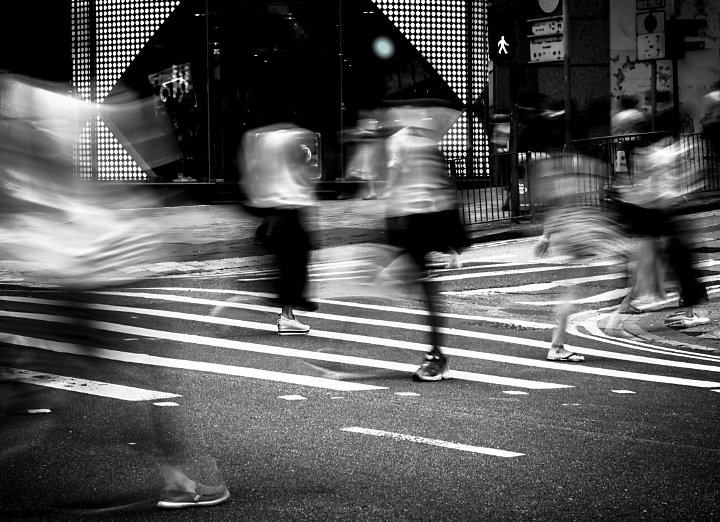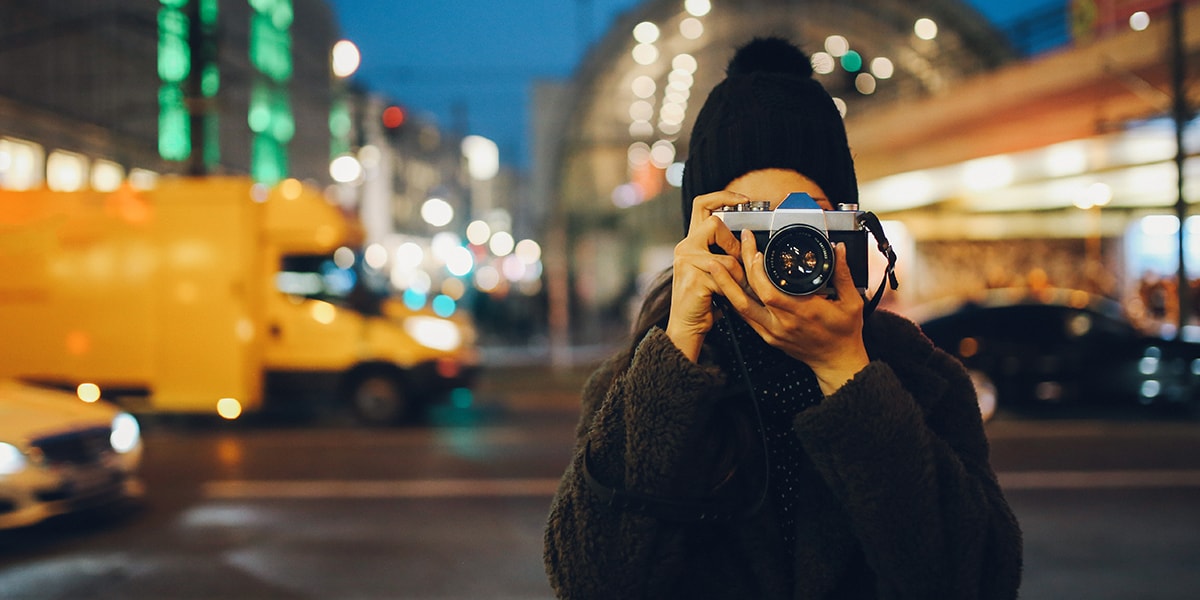How Framing Streets can Save You Time, Stress, and Money.
Table of ContentsA Biased View of Framing StreetsLittle Known Questions About Framing Streets.The smart Trick of Framing Streets That Nobody is Discussing3 Easy Facts About Framing Streets ShownThe Facts About Framing Streets UncoveredAn Unbiased View of Framing Streets
Photography style "Crufts Dog Show 1968" by Tony Ray-Jones Street digital photography (also in some cases called candid digital photography) is digital photography carried out for art or inquiry that includes unmediated possibility experiences and random incidents within public areas, typically with the purpose of catching photos at a definitive or emotional moment by careful framing and timing. Consequently his boots and legs were well defined, but he lacks body or head, since these remained in activity." Charles Ngre, waterseller Charles Ngre. https://framing-streets.webflow.io/ was the very first photographer to acquire the technical refinement needed to sign up people in motion on the street in Paris in 1851. Photographer John Thomson, a Scotsman working with reporter and social protestor Adolphe Smith, published Street Life in London in twelve month-to-month installations beginning in February 1877
The Ultimate Guide To Framing Streets
Eugene Atget is considered a progenitor, not due to the fact that he was the first of his kind, but as a result of the popularisation in the late 1920s of his document of Parisian roads by Berenice Abbott, that was motivated to embark on a similar paperwork of New York City. [] As the city created, Atget helped to advertise Parisian roads as a deserving subject for photography.

Some Ideas on Framing Streets You Should Know
Martin is the very first videotaped photographer to do so in London with a disguised electronic camera. Mass-Observation was a social research study organisation established in 1937 which intended to videotape day-to-day life in Britain and to tape-record the responses of the 'man-in-the-street' to King Edward VIII's abdication in 1936 to marry divorce Wallis Simpson, and the succession of George VI. The principal Mass-Observationists were anthropologist Tom Harrisson in Bolton and poet Charles Madge in London, and their first report was created as the publication "May the Twelfth: Mass-Observation Day-Surveys 1937 by over 2 hundred observers" [] Window cleaner at Kottbusser Tor, Berlin, by Elsa Thiemann c. 1946 The post-war French Humanist College professional photographers located their subjects on the street or in the restaurant. In between 1946 and 1957 Le Groupe des XV each year exhibited work of this kind. Andre Kertesz. Circus, Budapest, 19 May 1920 Road digital photography created the major content of two exhibits at the Gallery of Modern Art (Mo, MA) in New click for info york city curated by Edward Steichen, 5 French Digital Photographers: Brassai; Cartier-Bresson, Doisneau, Ronis, Izis in 1951 to 1952, and Post-war European Photography in 1953, which exported the idea of street photography internationally.

The Greatest Guide To Framing Streets
The recording equipment was 'a concealed cam', a 35 mm Contax concealed under his coat, that was 'strapped to the upper body and linked to a long cord strung down the best sleeve'. Nonetheless, his work had little modern effect as as a result of Evans' level of sensitivities regarding the originality of his task and the privacy of his topics, it was not published until 1966, in guide Numerous Are Called, with an introduction created by James Agee in 1940.
Helen Levitt, then a teacher of young kids, associated with Evans in 193839. She documented the temporal chalk illustrations - vivian maier that were part of kids's road society in New york city at the time, along with the children who made them. In July 1939, Mo, MA's new digital photography area consisted of Levitt's job in its inaugural exhibitionRobert Frank's 1958 book,, was substantial; raw and usually out of focus, Frank's pictures examined conventional photography of the time, "tested all the official rules laid down by Henri Cartier-Bresson and Walker Evans" and "flew in the face of the wholesome pictorialism and genuine photojournalism of American magazines like LIFE and Time".